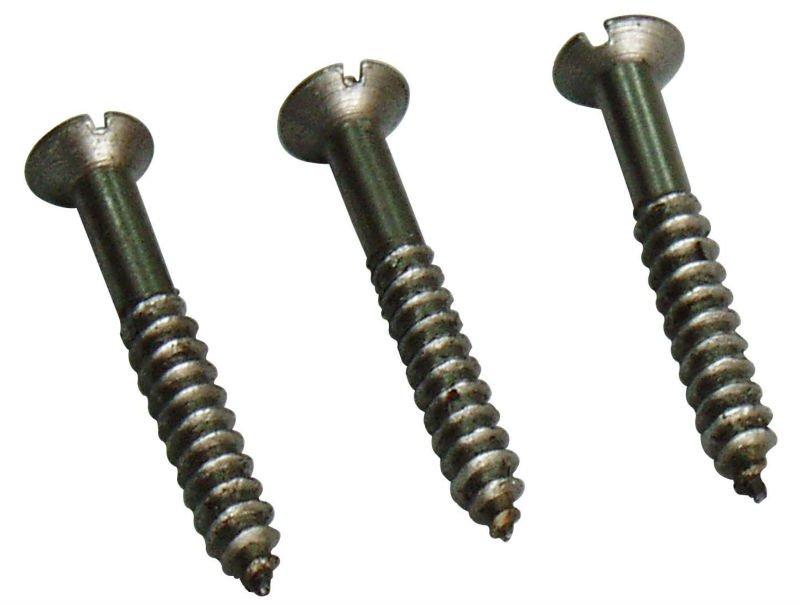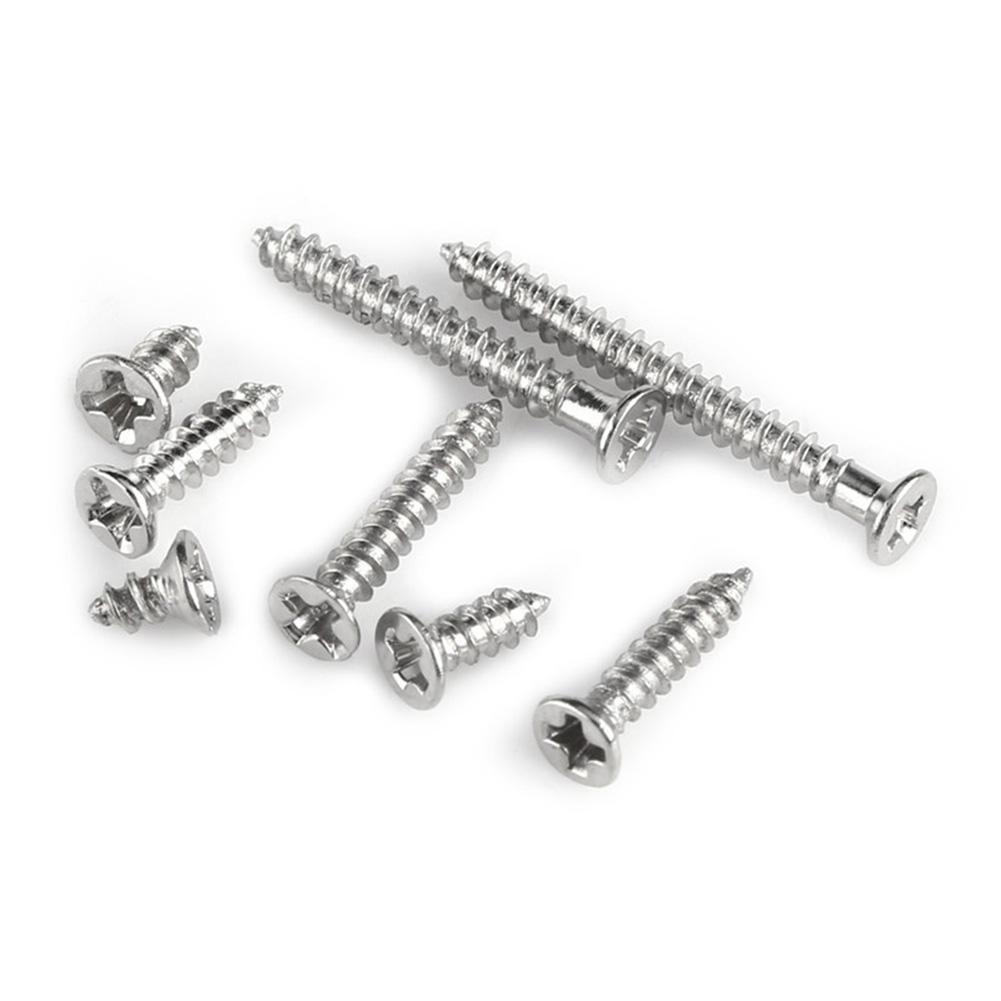There are many categories of nails, and their uses differ.
1. Pattern nails: No nailhead nails, no nail marks after being laid, suitable for very advanced decoration industry.
2. Steel row nails: novel design, unique, fast efficiency, good engineering quality, wide application, etc. It is an ideal replacement product for ordinary round nails.
3. Code nails, K nails, N nails: uses for furniture manufacturing sofas, sofas and leather. These can be used in the decoration industry ceiling, sheets, etc,.
4. Cement steel nails: similar in appearance to round nails, the head is slightly thicker. However, cement steel nails are made of steel, which have the advantages of hardness and bending resistance, and can be directly nailed into concrete and brick walls. Common specifications are 7~35mm.
5. Wood screws: also known as wood screws. Compared with other nails, it is easier to combine with wood. It is mostly used in the combination of metal and other materials with wooden materials.

6. Twisted nail: The nail body is like a twist, the head is round and flat, cross or flat, and the bottom is pointed. Strong nailing force. It is suitable for some places that require strong nailing force, such as drawers, wooden ceiling hangers, etc. The common specifications are from 50 to 85mm.
7. Patch nail: It is a nail with pointed ends and a smooth surface in the middle. Pin nails are easier to combine and fix wood than other nails. They are suitable for use as dowels when wood panels are joined. Common specifications are 25~120mm.
8. Self-tapping screw: The screw thread of the nail body is deeper, the hardness is high, and the price is better than other nails. It can combine two metal parts better. It is mostly used for the connection and fixing of metal components, such as the production of aluminum alloy doors and windows.
